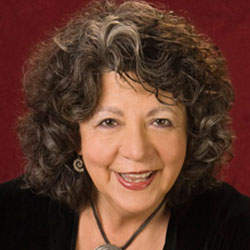WS16 – Healing Traumatic Wounds Using a Brief Therapy Model
Location: Cypress B
Difficulty: All Levels
Traditional models of trauma treatment emphasize a narrative approach centered on the overwhelming events, a very long, slow, painful approach in which clients get worse before they get better. But rather than ‘treat’ the events, neuroscience teaches us how to treat their effects. When trauma symptoms are “decoded” as evidence of how individuals survived, they become comprehensible and treatable. Clients are recruited as active participants in the treatment, are educated to understand trauma-related responses, reassuring them that they are not inadequate or crazy. Best of all, a brief therapy model can be inherently relational while avoiding the ‘side effects’ of long-term therapeutic relationships.
Educational Objectives:
- Define the ‘living legacy’ of trauma
- Describe the stages of brief therapy for trauma.
- Identify three somatic interventions for treating post-traumatic

